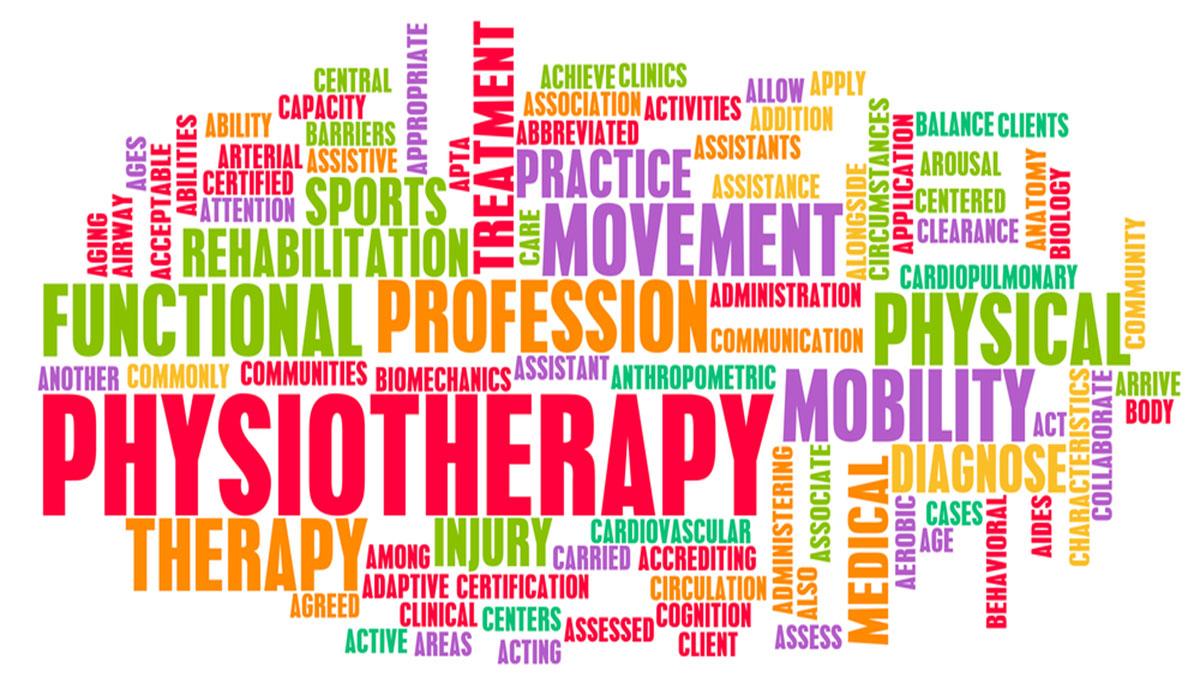With outcomes increasingly becoming the currency of modern healthcare, patient-reported outcome measures (PROMs) and experience measures (PREMs) are key to demonstrating the success of physiotherapy.

Using standardised, validated outcome measures in clinical practice is an explicit requirement of the CSP's Quality Assurance Standards.
Improving the quality of healthcare is top of the UK agenda, resulting in an increased focus on methods of measuring the quality of clinical practice and service delivery.
Standardised validated clinical outcome measures sit within a suite of different types of tools and indicators used to measure the quality of provision of patient care.
The importance of PROMs and PREMs
When patient-reported outcome measures (PROMs) were introduced into the NHS in England in 2009 they marked a significant change of emphasis: a desire to measure the impact of health care interventions from the patient's perspective.
The government's NHS white paper Equity and Excellence: Liberating the NHS (2010) recommended that PROMs and PREMs (patient-reported experience measures) be used 'wherever practicable'. Since then, commissioners and service planners have increasingly included PROMs and PREMs in their specifications. They have become a routine element in clinical governance and service redesign.
The Health and Care Professions Council (HCPC) reflects this evolving need for quality assurance in Standard 12 of the Standards of Proficiency for Physiotherapists (2013) which says registrant physiotherapists must be able to assure the quality of their practice. This includes gathering qualitative and quantitative data, participating in audit activity, using appropriate outcome measures and evaluating interventions to ensure they meet service users' needs and changes in health.
PROMs and PREMs also play a vital role in enabling physiotherapy services to demonstrate their cost- effectiveness and impact.
Using PROMs and PREMs in physiotherapy practice
Typically, PROMs are collected at the start of a treatment and at some point after it ends, although some self-monitoring PROMs may exist for long-term conditions.
PREMs are usually collected after an episode of treatment or interventions.
When implementing routine outcome measurement in your team:
- Get your team engaged. Consult your staff and emphasies the value PROMs and PREMs bring to patients, for service evaluation and when reporting to managers and commissioners.
- Identify a small project team to implement PROMs and PREMs.
- Regularly feed back the results of outcome measurement to everyone involved
- Ensure that any data collected is actually used.
CSP recommendations
We recommend a more standardised approach to outcome measurement, as follows:
1. Use EQ-5D-5L as a standard generic PROM and Quality of Life (QoL) measure.
Please note that the CSP no longer has a licence for EQ-5D-5L. If you are interested in using it, please contact the licence owner about purchasing a service licence.
Our calculator tool remains free to use.
Developed by the Euroqol group, the EQ-5D-5L is applicable to a wide range of health conditions and treatments. It is widely used beyond the physiotherapy profession.
It is a simple measure which patients complete at the start and end of treatment, its name means 'EuroQol – 5 Dimensions – 5 Levels'. It comprises five dimensions of health: mobility, ability to self-care, ability to undertake usual activities, pain and discomfort, and anxiety and depression. There are five options (levels) under each dimension.
EQ-5D-5L is one of the key measures chosen by the Department of Health in England in the current PROMs programme. It has been used since 2009 to evaluate and benchmark various elective surgical pathways such as total knee replacement, total hip replacement, varicose vein and hernia.
EQ-5D-5L resources
- How to obtain EQ-5D (EuroQol website)
- EQ-5D-5L calculator - This Excel spreadsheet created by the CSP allows you to calculate your EQ-5D-5L scores. You can also use it to store any other basic PROM and PREM data you collect.
- EQ-5D-5L - Powerpoint presentation - Using the EQ-5D-5L to measure Quality of Life in MSK Physiotherapy Outpatients
2. Use disease-specific PROMs where available.
Generic PROMs such as EQ-5D-5L allow you to compare results between different conditions. Disease-specific PROMs can provide additional sensitivity.
These tools are designed and researched with particular conditions, diseases or functional problems in mind. The challenge for applying disease-specific PROMs, particularly in a standardised way, is the variety of tools available.
It's important to balance the need to demonstrate the impact of an intervention against creating an unnecessary data burden. So when choosing a disease-specific PROM, consider who it's for. Typically this audience might include a combination of:
- patients
- clinicians
- audit teams
- researchers
- local managers
- commissioners and/or service planners
The CSP has been working with various professional networks to seek recommendations for standardised PROMs and available 'viewed performance measures'.
See the list of recommended PROMs here.
3. Use PREMs
There are two types of patient questionnaires; functional and relational.
Functional questionnaires ask the patient about practical issues such as waiting times and facilities.
Relational questionnaires ask the patient about their experience of the treatment relationship. For example did they feel listened to, could they take part in the decision-making.
The CSP recommends a relational PREM called the Consultation and Relational Empathy (CARE) measure but other PREMs are also available.
